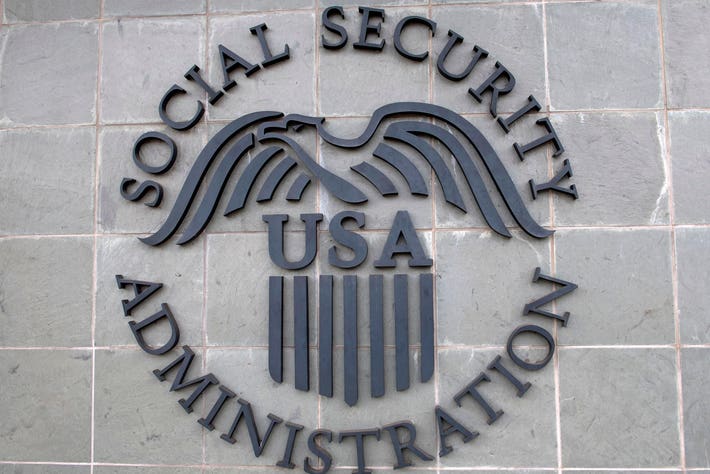The Social Security Administration (SSA) has walked back portions of its plan to eliminate certain phone-based services following widespread criticism from advocacy groups and the public. The decision comes after concerns were raised about the impact on elderly and disabled individuals who rely on phone services to access their benefits.
Original Plan and Public Outcry
Initially, the SSA announced plans to phase out certain phone-based services, including applying for Social Security Disability Insurance (SSDI), Supplemental Security Income (SSI), and updating direct deposit details over the phone. The agency cited security concerns and efforts to transition more services online. However, this move sparked significant backlash, particularly from senior citizens and disability rights organizations, who argued that the changes would make it harder for many Americans to access critical benefits.
Groups like AARP and disability advocates pointed out that not all Social Security recipients have access to the internet or the ability to visit local offices easily. They warned that cutting phone services could lead to increased barriers for vulnerable individuals.
SSA’s Reversal and Adjustments
In response to the backlash, SSA Acting Commissioner Leland Dudek announced that the agency would delay the implementation of the changes until April 14 to allow for further evaluation and staff training. Additionally, the SSA has decided to maintain phone-based applications for SSDI, SSI, and Medicare enrollment.
“We recognize the concerns raised by the public and advocacy groups,” Dudek said in a statement. “Our goal is to ensure security without creating unnecessary hardships for beneficiaries.”
While the SSA still plans to enhance online services and fraud prevention measures, it has committed to keeping essential phone-based options available for those who need them.
Reactions from Advocacy Groups
The decision to delay and partially roll back the changes has been met with cautious optimism. AARP, one of the most vocal critics of the original plan, acknowledged the SSA’s adjustment but stressed the need for a long-term solution that balances security with accessibility.
“We appreciate that the Social Security Administration has listened to the concerns of seniors and disabled Americans,” said Nancy LeaMond, AARP’s chief advocacy and engagement officer. “However, we urge the agency to ensure that future policy changes do not limit access to benefits for those who need them most.”
What’s Next for Social Security Services?
The SSA has stated that it will continue evaluating ways to improve customer service while also addressing security risks. Beneficiaries are encouraged to stay informed about any further changes and to provide feedback to the agency on how to make services more user-friendly.
For now, Social Security recipients can continue using phone-based services for essential applications and updates, ensuring that those without reliable internet access are not left behind.




